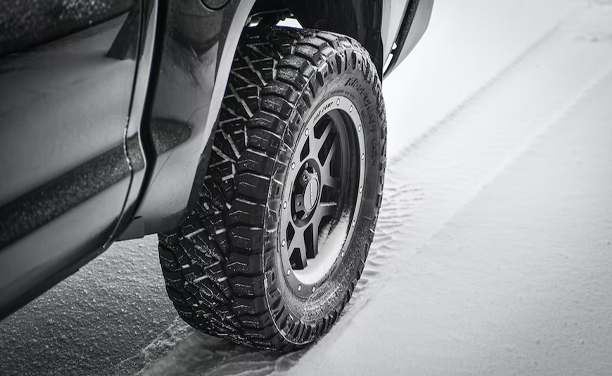Guide for safe winter driving in Alberta
Guide for safe winter driving in Alberta
Posted on October 17, 2022
The cold winter months are almost upon us in Canada. Car maintenance in winter is required to keep you safe on the road. The good news is that you don’t need to spend much money to get your vehicle ready for winter. Follow this easy guide and ensure you extend your car's longevity. It’sIt’s strongly recommended that you change your summer tires for winter tires. If you don’t have winter tires, now is the best time to make that purchase. Winter tires give your vehicle much better traction on slippery asphalt. Depending on which province you stay in, you may be required by law to install winter tires. In addition, you should get your tires balanced by a professional. Balanced tires are not only safer, but they’ll also make your vehicle more fuel efficient. 1. Winter Tires
2. Battery Check
3. Check the Fluids
4. Change the Wiper Blades
5. Emergency Supplies


Winter Tires
Battery Check
Before driving in the winter, you should check the car’s battery regularly. If the last time you checked the battery was at the beginning of summer, then now is the perfect time to check it out. An old battery is more likely to die when temperatures drop. This is because the rate of the reaction in the battery slows down, which means a much higher charge is needed to start the car. Batteries also deteriorate with internal corrosion, affecting the battery’s performance.
Driving an EV in the cold with the heating system on full blast reduces your car’s range by approximately 40 percent. If you’re planning on buying a new EV car, it’s suggested that you look out for models with extended driving ranges. A popular way to get your EV nice and cozy before you get in is to keep it plugged in while the car heats up. You won’t use any of the range power this way.

Check the Fluids
Check and replenish all the fluids of the vehicle. Coolant, oil, brake, and wiper fluids should be topped up. Engines in gas-powered cars rely heavily on internal fluids for the engine to perform well. When you check the oil, you should take note of whether the dipstick appears to extract dirty oil. If it does, you can take it to a professional to do an oil change or do it yourself (if you know how to do it).
Change the Wiper Blades
Your wipers may have become damaged in the hot summer sun. You’ll need a pair of new wipers to ensure your safety on the road while it's raining or snowing in the winter months. Thankfully, these are relatively cheap and simple to install.
Emergency Supplies
It’s always good to be prepared. You never know when Murphy may make an appearance. Preparing an emergency winter kit (especially for extended trips) is highly advised. Depending on your needs, you could incorporate extra blankets, a first-aid kit, a whistle, a charged flashlight, road flares, energy bars, jumper cables, and a multi-tool like a swiss army knife, to name a few.
